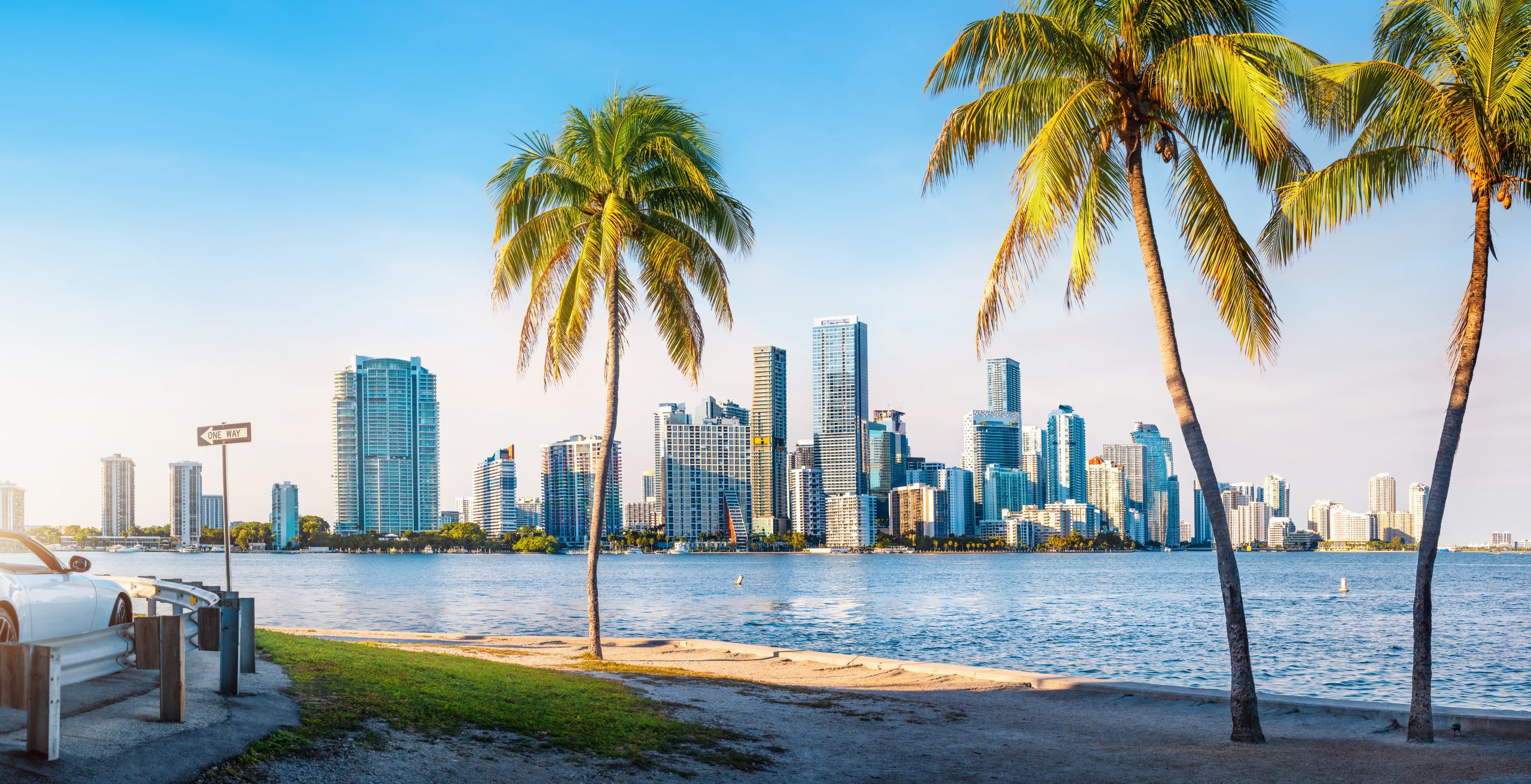Finnish brewery to recreate 170-year-old shipwreck beer
A microbrewery in Finland is set to recreate a beer, which was found in a shipwreck at the bottom of the Baltic Sea in 2010.
Five bottles of beer were salvaged from the wreck, which thought to have sunk around 1840, and Finnish brewery Stallhagen has been tasked with replicating the brew. Stallhagen hopes to start production later this year and to start selling in beer in June 2014.
Stallhagen’s managing director, Jan Wennstrom, said: “We are extremely proud and happy that we have the opportunity to recreate and produce a new one of the world’s oldest preserved beers.
“There is an ever increasing demand for specialty beers in the global market and we are confident that our product will interest enthusiasts worldwide.”
Divers discovered the beer when searching the wreck, which also yielded around 145 bottles of Champagne. Of the 145 bottles of Champagne bought up from the seabed, four were from Heidsieck & Co, 46 from Veuve Clicquot and the remaining 95 bottles of were from Champagne Juglar, which merged with Champagne Jacquesson in 1829. Eleven of the Champagne bottles were sold at auction last year.
Samples of the beer have been analysed by the brewery and a local laboratory to try and develop a recipe and production process for the brew. The local Åland government has also announced that a portion of the sales from the beer will go to charity.
Partner Content
Johan Ehn, a spokesman for the government said: “In the first place, we are pleased that we can establish a partnership with a local company. We are also pleased that we have reached an agreement that ensures that a portion of the profit from the sale of each bottle of beer goes to charity.
“Åland has decided that the surplus should be used for marine archaeological research and environmental improvements for water quality in the ocean.”
The ship is believed to have sunk in the 1840s, but the shipwreck origin and exact age is still being investigated.




